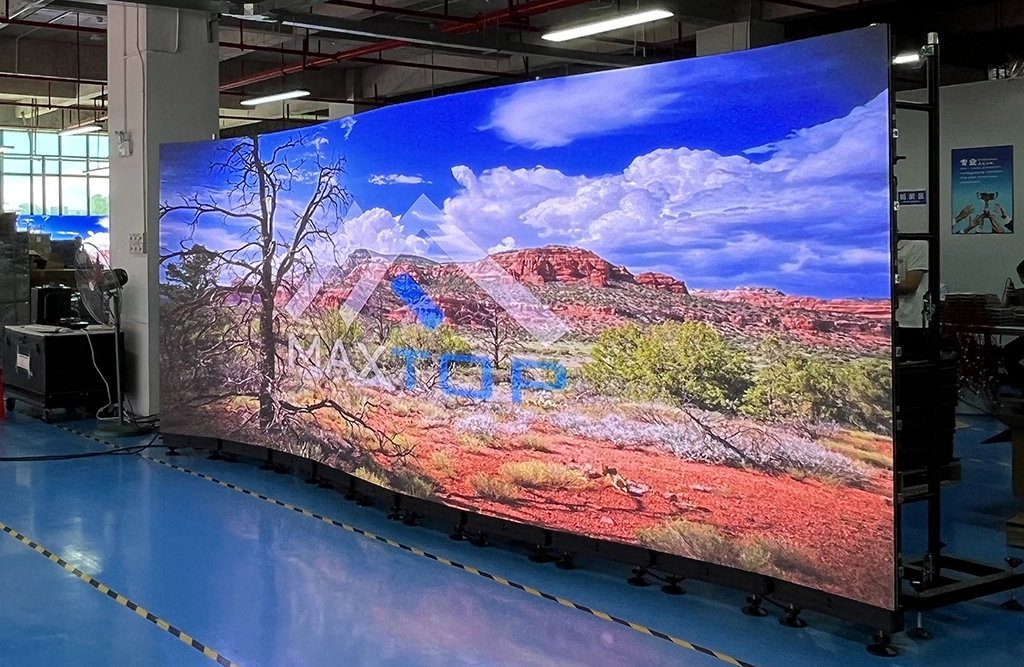Perfecting the Art of Hue Adjustment for Stunning Imagery on LED Walls
Wiki Article
Color tuning is an crucial procedure for attaining breathtaking images on light-emitting diode screens. Light-emitting diode screens are commonly used in various settings, such as concerts, conferences, and advertising displays. These screens are made up of numerous small light-emitting diodes that create images and videos. However, if the hues are not adjusted properly, the images can look flat or warped. Hue tuning guarantees that the colors displayed on the LED wall are accurate and vibrant, improving the overall watching encounter.
The initial phase in hue tuning is comprehending the hue spectrum. Hue space refers to the range of colors that can be displayed on a display. Various equipment, such as photographic devices and monitors, may use different color spaces. Common color spectra include standard RGB, Adobe's RGB, and Digital Cinema Initiatives P3. Understanding which color spectrum the light-emitting diode screen uses is crucial for proper calibration. This knowledge assists in adjusting the colors to match the intended output, guaranteeing that the images appear as they were intended to be viewed.

Next, using a hue tuning tool is essential for obtaining precise results. These tools can be hardware devices or software tools designed to assess and modify colors. A color measurement device is a commonly used physical device that measures the colors displayed on the LED wall. It offers information on how the hues look compared to the reference values. By using this information, modifications can be made to the light-emitting diode wall settings, such as brightness, contrast, and hue equilibrium. This procedure assists in matching the shown hues with the intended hue benchmarks.
Another important factor of hue calibration is ambient light consideration. The lighting in the environment where the light-emitting diode screen is situated can significantly influence how colors are perceived. For instance, intense surrounding illumination can dull hues, making them look less lively. Therefore, it is crucial to assess the illumination environment before tuning the light-emitting diode screen. Modifications may need to be made to the screen's you could try this out luminosity and differentiation configurations to counter for the ambient illumination. This guarantees that the colors remain vivid and true to their intended appearance.
Finally, routine upkeep and re-tuning are necessary to maintain the light-emitting diode screen operating at its optimal. Eventually, the hues on the light-emitting diode screen may deviate due to elements like wear parts or changes in the environment. Regularly scheduled calibrations assist to maintain color accuracy and consistency. It is also beneficial to keep a record of tuning configurations and outcomes. This record-keeping can help in spotting trends or issues that may arise, allowing for timely modifications. By focusing on color calibration, users can guarantee that their light-emitting diode screens provide stunning visuals that captivate audiences.